Castelo da Lúa Panel 1 - omarfeitotradicion
A MEDIEVAL FORTRESS IN A COASTAL TOWN
The castle Castelo da Lúa is located on a small peninsula called Punta do Pazo, giving it an exceptional strategic position north of Ría de Arousa. The fortress was built by Paio Gómez Chariño, first lord of Rianxo in the thirteenth century, in compensation for the work of the inhabitants in the conquest of Seville. Between the late fifteenth century and 1532, the building was used as a prison. However, it was abandoned after that date. In the eighteenth century, a workshop of popular pottery was established among its ruins.
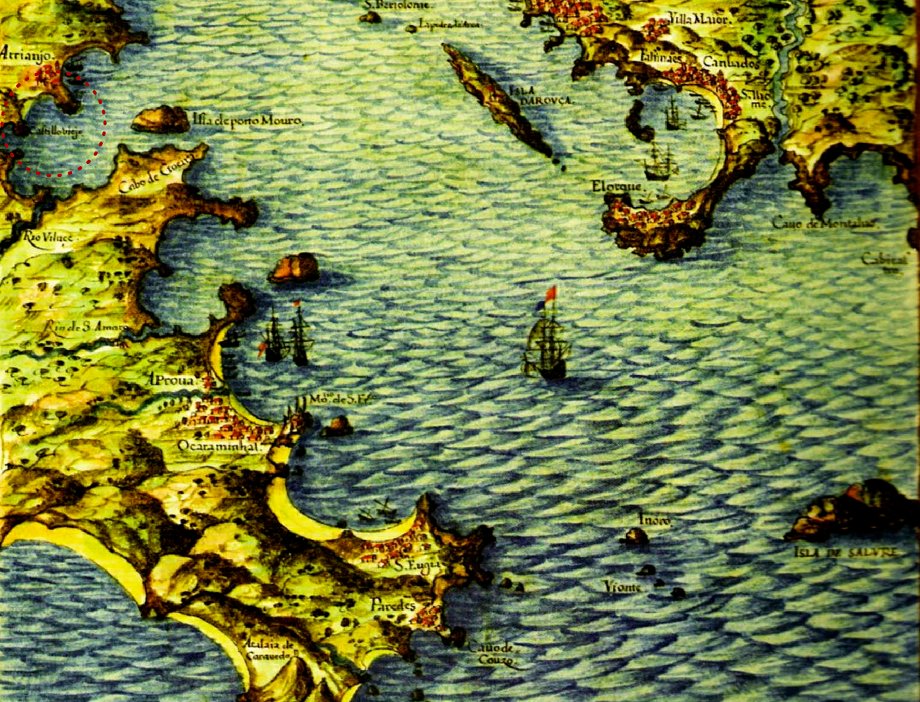
Map of Ría de Arousa in 1634, by the Portuguese cartographer Pedro Teixeira.
In the fifteenth century Rianxo was a small coastal town which got the majority of its resources from the sea. It is included within the cabotage routes, very well places in relation to the terrestrial paths network. This town, as well as the fortress ―at the time referred to as Castillo Viejo (Old Castle) ― also appears in the map of the ría created by Pedro Teixeira.
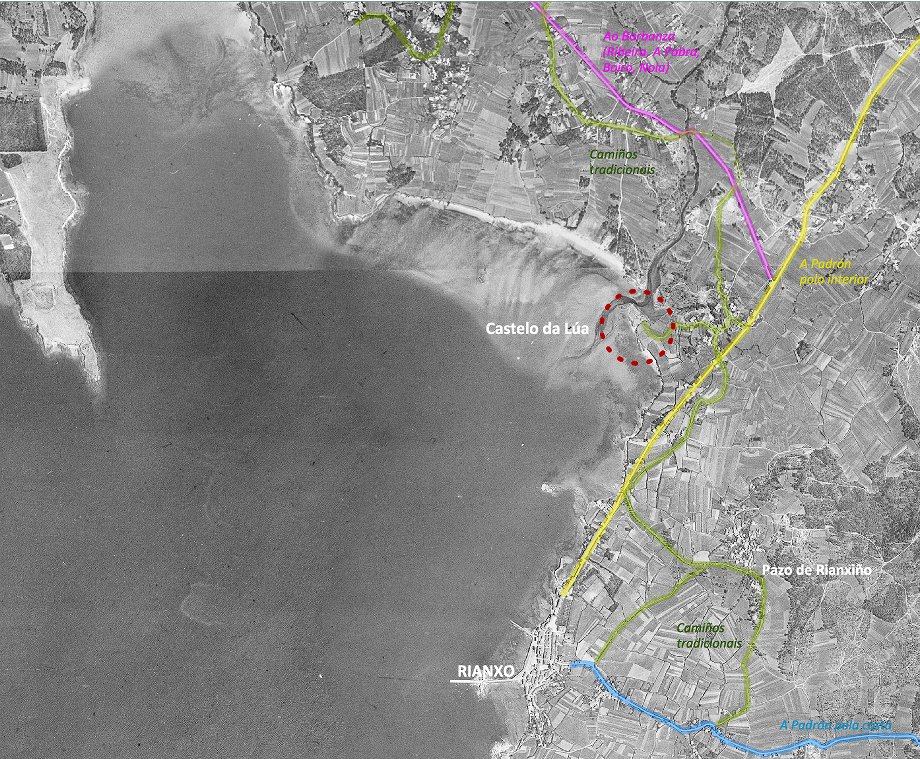
Photography of the American flight of 1956.
SOUTOMAIOR: THE LORDS OF THE CASTLE AND THE STRUGGLE FOR POWER
The crucial time for the castle is related to disputes between Soutomaior family, as lords of the castle, and the archbishop's power of Santiago de Compostela. In 1426, the king commanded Paio Gómez of Soutomaior to demolish the fortress, arguing it had been built without permission of the archbishop of Santiago, but Paio Gómez did not carry out such command.
AQVI : IAZE : EL MVI NOBLE : CABALLERO : PAYO GVOMEZ : CHARIÑO : EL PRIMEIRO : SEÑOR DE RRIANJO : QUE GUANO : A SEVILLA SIENDO : DE MOROS : Y LOS : PREVILEGIOS : DESTA VILLA : ANO DE 1304
HERE : LIES : THE VERY NOBLE : KNIGHT : PAYO GOMEZ : CHARIÑO : FIRST : LORD OF RIANXO : WHO WON : SEVILLE FROM THE MOORS : AND THE : PRIVILEGES : OF THIS TOWN : YEAR 1304
(Epitaph on the sarcophagus of Paio Gómez Chariño)
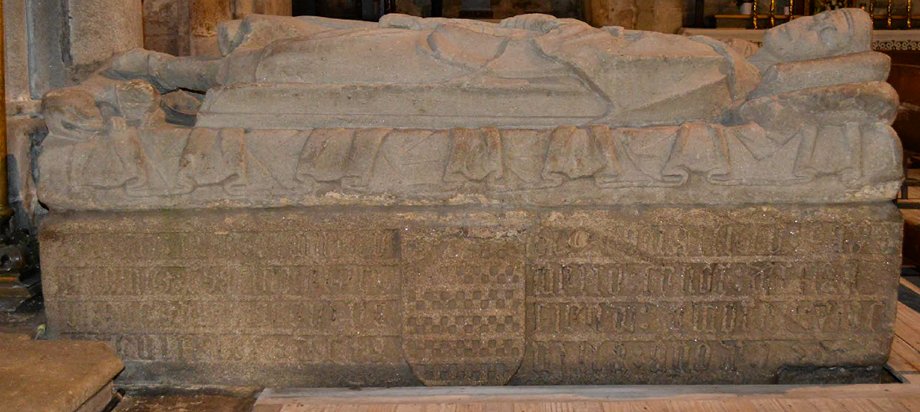
Paio Gómez Chariño's sarcophagus, in the Church of San Francisco in Pontevedra.
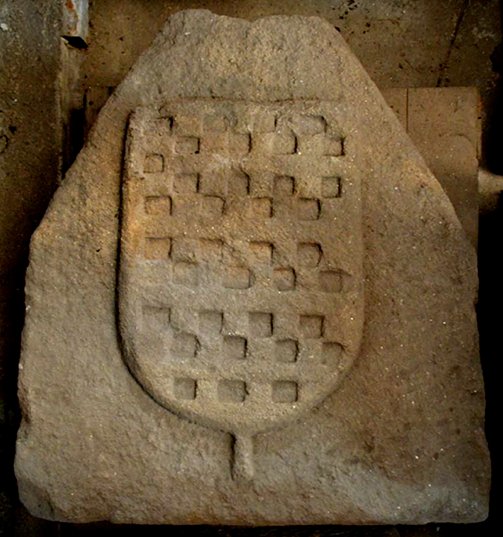
Shield of Soutomaior in a merlon belonging to the fortress.
LEGEND AND ORIGIN OF THE NAME
The fortress is currently called Castelo da Lúa (Moon Castle). However, this relatively recent denomination was not the original name.
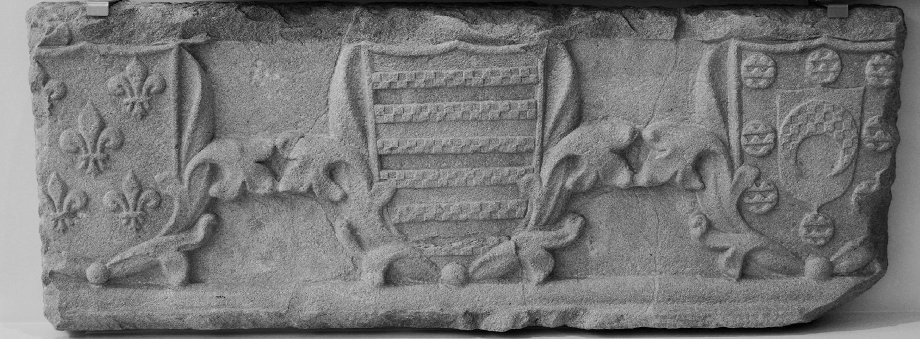
Façade of Sueiro Gómez de Soutomaior's sarcophagus (Museum of Pontevedra).
Among the hypothesis related to the designation, researchers suggest that the name of the castle is likely to be linked to the surname Luna, belonging to one of the ladies of the Castle ―Xoana de Luna, wife of Marshal Mr Sueiro― or to its representation in one of the coat of arms of the family. The truth is that the name appears for the first time in an article by J.R. Figueroa in 1850. Among all the legends related to the castle, there is a romantic story which tells the moonlight eventually betrayed a loving couple fleeing the castle on a boat, leading to a fatal end.
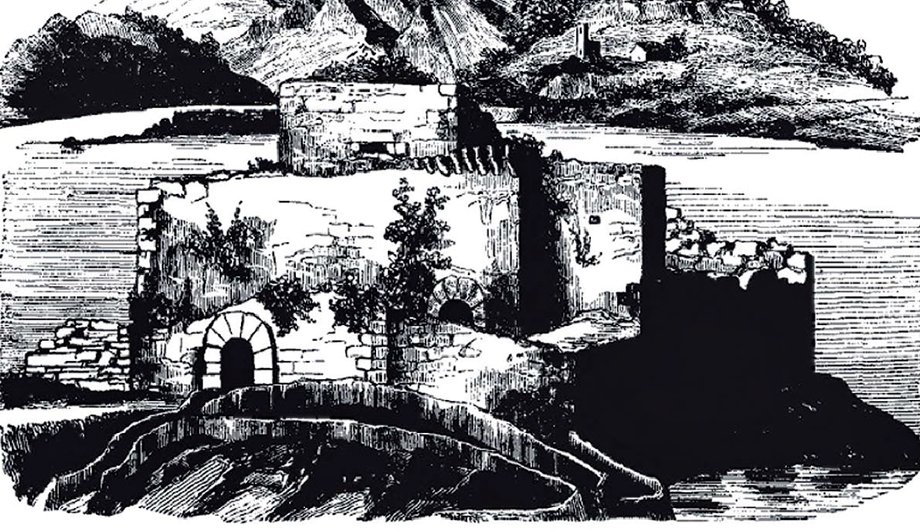
Engraving from an article by J.R. Figueroa in 1850 and later reprinted in 1913 in the weekly magazine El barbero Municipal (The Town Barber).
ARCHEOLOGICAL AND HISTORICAL RESEARCH
Various archaeological and historical studies were carried out during the first decade of the twenty-first century. Such studies have allowed to uncover the remains currently existing, as well as to know the history of the castle and its main characters.
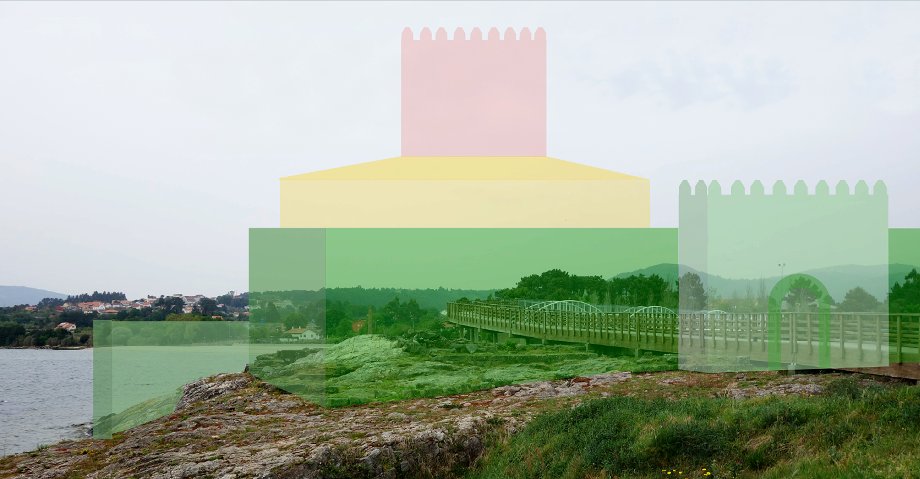
Hypothetical volume of the castle.
